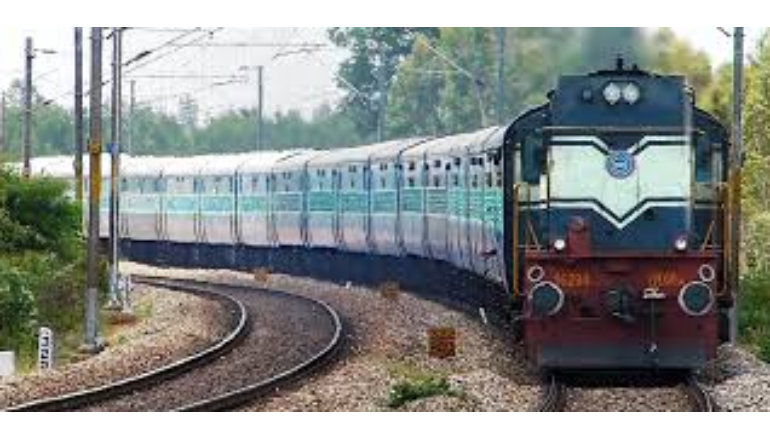The Indian Railways is making significant strides towards achieving net zero carbon emissions by 2030, the Railway Board said.
The Board is striving to achieve net zero status for railway premises nationwide, primarily utilizing renewable sources for energy supply.
It outlined some initiatives in a statement:
- The Northeast Frontier Railway zone of Indian Railways has successfully converted its buildings to net zero carbon emission structures. The Ministry of Power’s Bureau of Energy Efficiency (BEE) has recognized six net zero energy buildings in the zone with the ‘Shunya Label.
- From 2014 to 2024, Indian Railways’ solar and wind energy production capacity has significantly increased, surpassing 238 MW and 103 MW respectively, compared to their pre-2014 levels.
- The IR is utilizing renewable energy to operate trains and power over 1,950 railway stations and buildings across the country.
“These figures demonstrate that under Prime Minister Narendra Modi’s leadership, significant efforts to increase renewable energy production have been made, with Indian Railways contributing substantially to the expansion of solar and wind energy capacities,” the Board said.
It also detailed plans to operate trains using green energy, citing rapid growth in renewable energy production. This will help achieve Net Zero Carbon emissions and contribute to environmental conservation, it said.

